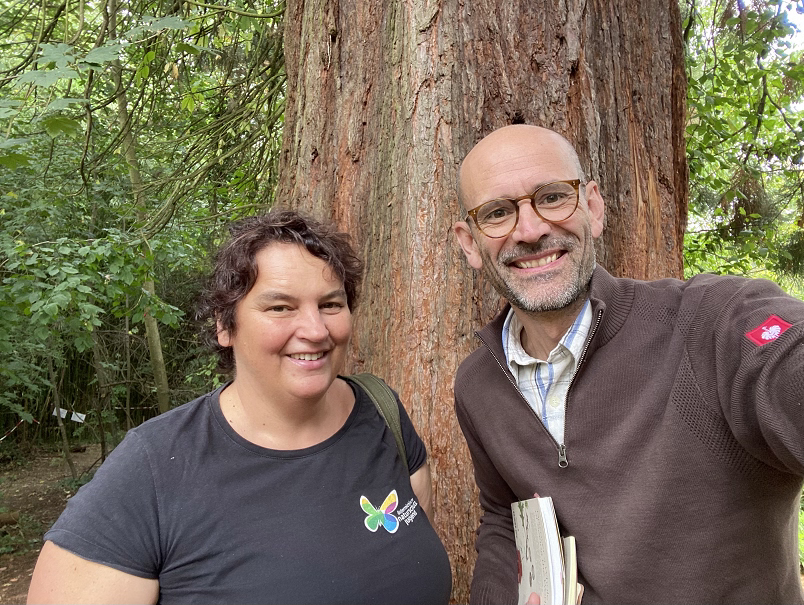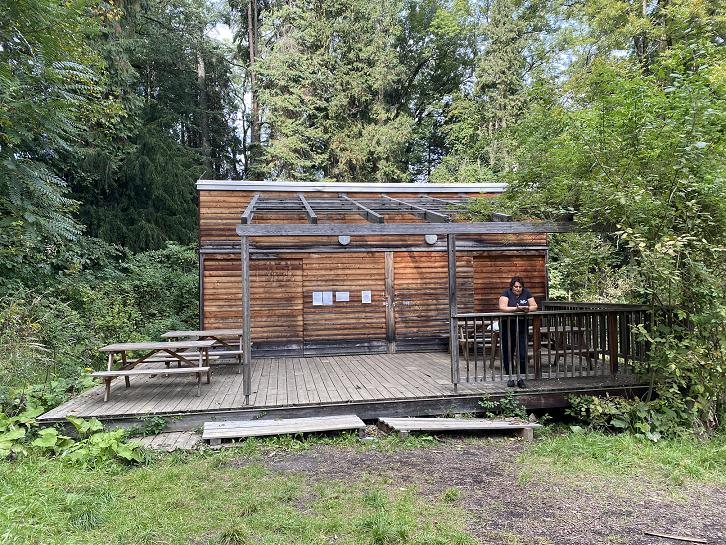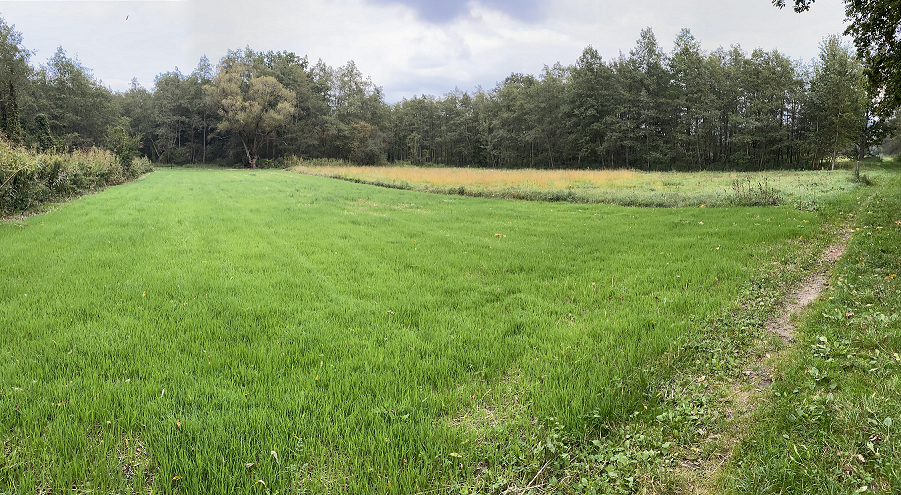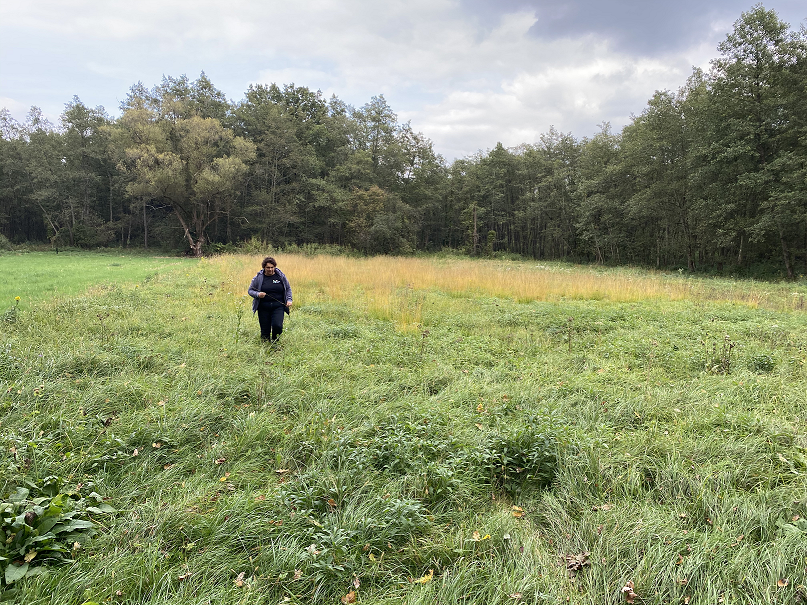Friday, Oct 1, 2021.
We are invited into the ONJ headquarter in Graz to our first formal meeting with Austrian Nature Protection Youth. You might have read about ONJ in our August newsletter, where we welcomed one of ONJ’s nature education centers, the Stork Forgery, as a beta user community to the ARK. Well, this feature is about the admirable organization behind the Stork Forgery.
When I set the Stork Forgery back in 2017 as the location for the Hoopoe Summit, I hardly knew anything about ONJ. A friendly relationship with Ilse Szolderits, regional ONJ coordinator and Stork Forgery manager, resulted in an introduction to Susanne Plank, the current head of the national organization. Susanne is a biologist and pedagogue who abandoned her PhD in search of making impact with nature education. She found in 1997 her home in ONJ and is since a few years the first female head since the organization’s inception in 1952.
ONJ is in terms of members a rather small organization compared to the usual suspects in Europe like scouts, alpine association or friends of nature, but after my meeting with Susanne and our visit to the Beaver Castle – another education center like the Stork Forgery – I am inclined to rank ONJ in terms of climate positive impact in pole position.
ONJ not only sets its educational focus on primary school children (up till age 10 in Austria) and therefore works with the age group where most impact can created in terms of lastingly establishing sustainable behavior and habits; it also owns and maintains 165ha (read 1.65 million square meter) of land to conserve or restore biodiversity. ONJ is therefore a rewilding organization par excellence and contributes significantly to the diversity of human and non-human nature. The organizational motto “nature for youth – youth for nature” and the triple action diagram “explore nature, experience nature, conserve nature” reflect this on paper; I had the opportunity to see ONJ in action.
Susanne showed me one location for human and another for non-human rewilding during this visit. Saturday noon she took me to Grazer Urwald, a 3ha large plot in the city’s green belt where a 19/20th century landscaping entrepreneur planted and collected among other foreign species two giant sequoias. ONJ runs since years day camps on the ground and opened in 2019 a day care nature education center which deserves the highest Forest School certification available.
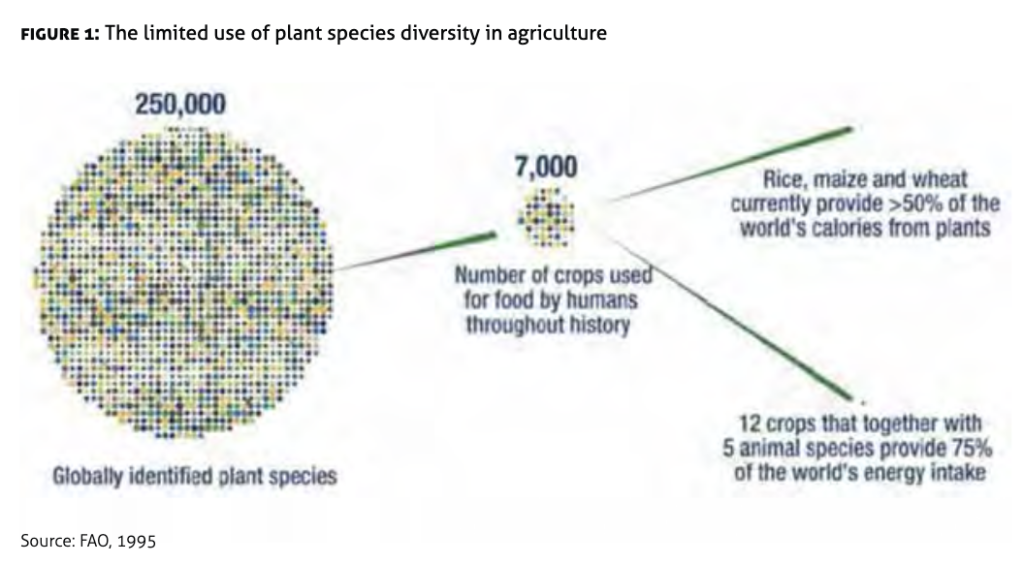
Our second destination is a Natura 2000 area along the Lafnitz river, where ONJ has purchased 13ha of agricultural land and busies its members with the restoration of natural biodiversity. A patchwork of plots of different size surround the Beaver Castle, an old farm which was turned into ONJ’s regional base for education and conservation. Susanne tells me that corn and spruce monocultures threaten the natural biodiversity like nothing else in Austria – and ONJ tries to intervene wherever possible.
The maintenance of ONJ eco-islands is labor intensive. The wetlands need to be mowed twice a year and the meadow cuttings need to be removed from the land. The difference between fertilized and renaturated meadows or agriculturally exploited land and land left to itself is however striking as the pictures below show. While the fertilized meadow grows green grass only, the renaturated meadow on the right is home to a substantial variety of plants and insects. Susanne showed me the yellow pipe grass, which was used in the past to clean tobacco pipes.
We are looking forward to a lasting partnership with ONJ!
